* INTERVIEW: “Venezuela could have the Largest Gold Reserve on the Planet”
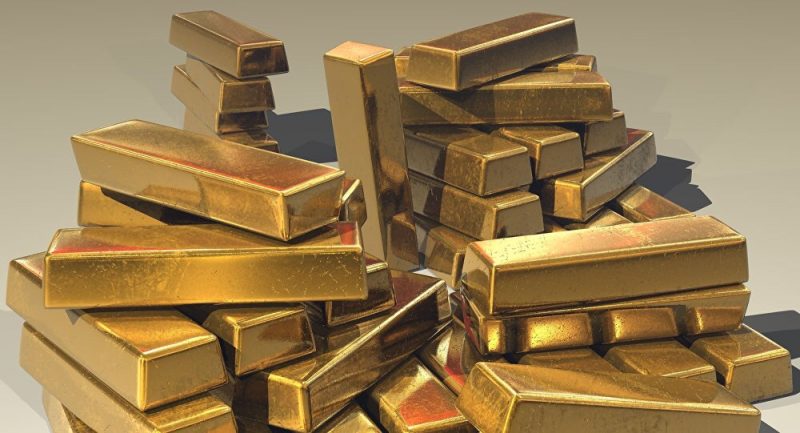

Orinoco Tribune – News and opinion pieces about Venezuela and beyond
From Venezuela and made by Venezuelan Chavistas

A recurring idea within the media trends that seek to persuade Venezuelans to emigrate, is that the country “has no future.” Exhausted by the intense psychological war that perpetuates the notion of a country destined for disaster, many have quit to changing the “gold” literally for mirrors.
In a week where mining activity has gained special relevance, due to the conflict generated in a protected territory in southern Venezuela, Sputnik spoke exclusively with Víctor Cano, Minister of Ecological Mining Development, to discuss this and other aspects related to such a sensitive economic activity.
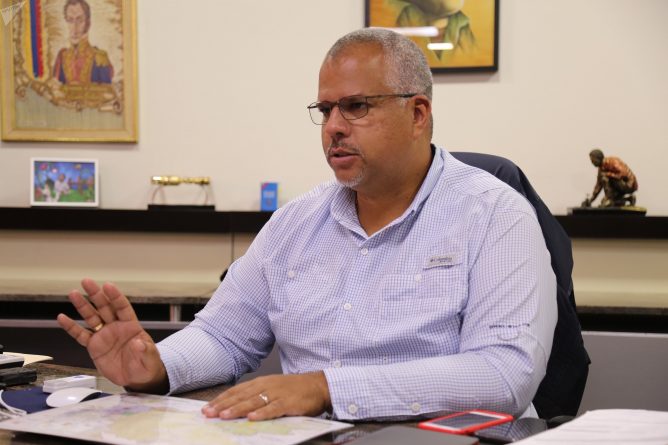
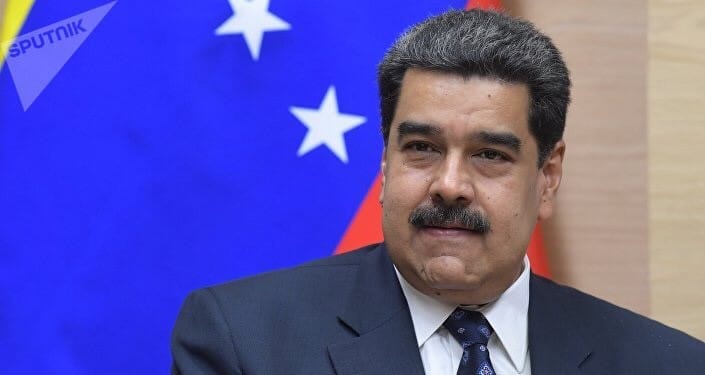
According to Cano, if the estimates are certified, Venezuela could have the largest gold reserve in the world. Something not despicable if you take into account that the country already has the first oil reserve on the planet.
Is it understood now why the United States and its allies are so “concerned” about “democracy and human rights” in this territory?
– Let’s start with the most recent tour that President Maduro made to Russia. How are the bilateral agreements advancing?
-How many countries are actively participating in the development of the Orinoco Mining Arc?
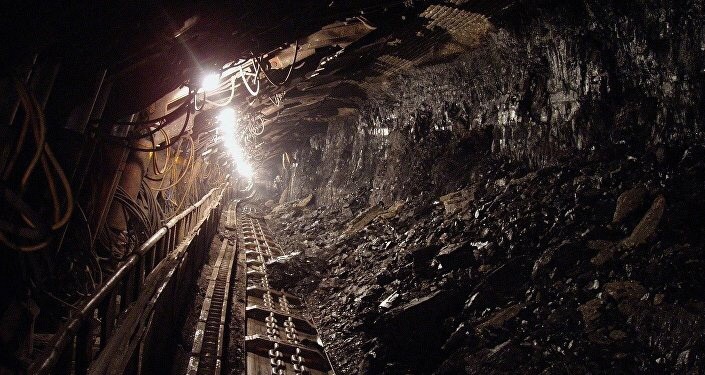
-How long can it take that this participation becomes effective?
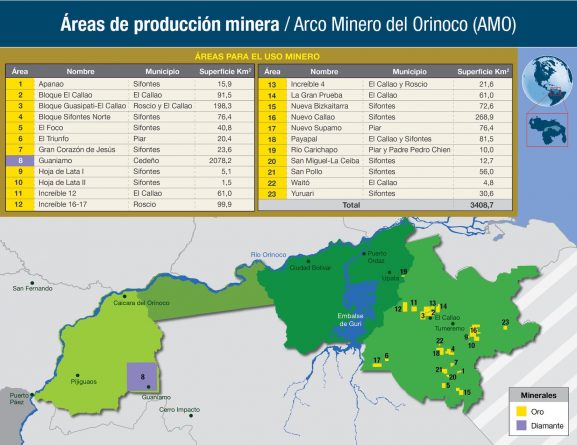
– We usually focus on the exploitation of gold and diamond, however, I would like to know how the development projects progress in other strategic minerals such as coal and coltan, for example?
-In what other minerals does Venezuela have a competitive advantage that distinguishes it from other countries?
– How are the steps to repatriate the gold that we have in foreign Banks progressed?
– What is your opinion of the sanctions against Venezuelan gold, imposed by the president of the United States, Donald Trump?
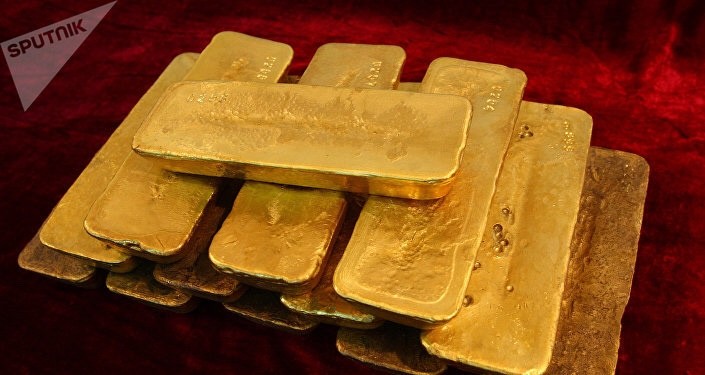
– Does the strategy of establishing relations with Russia, Turkey and China for mining development seek to face such sanctions?
– What plans is the Venezuelan government implementing to guarantee the governability of the Orinoco Mining Arc?
The Mining Arc is 111 thousand square kilometers and does not include any national park of Venezuela. It goes from the border with the state of Amazonas, to the limits of the Delta Amacuro state. South of the Orinoco and the northern part of the Bolívar state. The demarcation does not touch the Canaima and Caura National Park, the forest reserve of La Paragua, it does not touch the southern protective zone of the Bolívar state. Why? Because we know that the most sensitive ecosystems are the middle and upper river basins that are in that area.
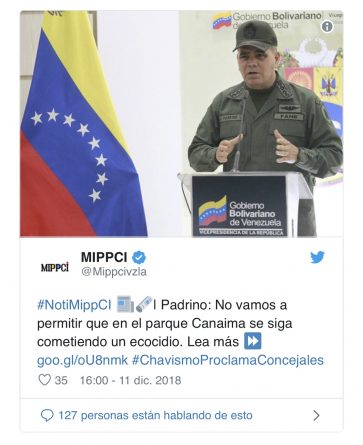
We, as a State, legalize, formalize the miner, give them the legal tools, provide them with scientific-academic training, information on how mining is carried out by applying technologies that have the least impact on the environment. If you [as] Venezuelan, be Pemón or Creole as they say, you want to do mining, we assign spaces for you to do it within the Mining Arc. The Orinoco Mining Arc is a strategy to generate sovereignty of Venezuela in regard to the minerals present in its territory.
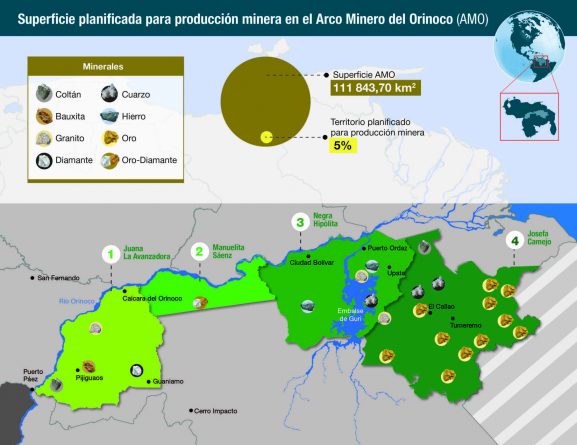
– How does the dialogue and agreements with the indigenous peoples found in the Orinoco Mining Arc progress?
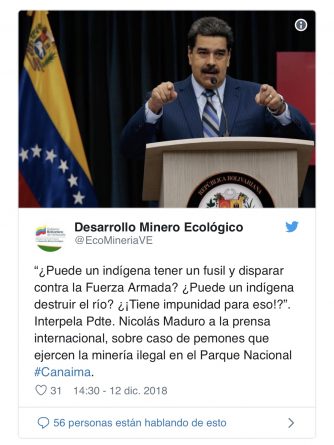
– Are these agreements worked in conjunction with the Ministry of Indigenous Peoples?
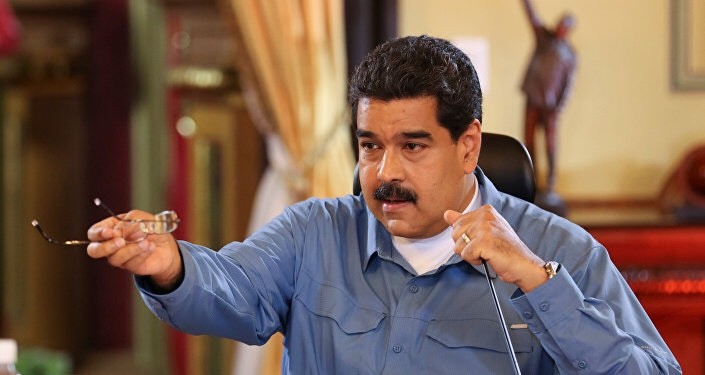
– What are the ways to adapt the mining development plans with, for example, the demarcation of the indigenous territories?
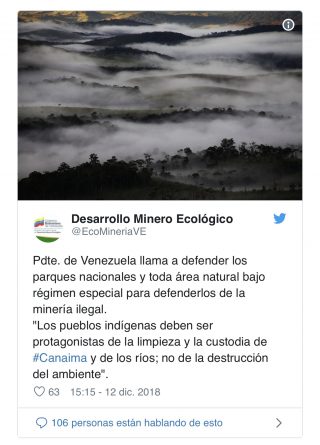
– When you think about mining, you usually look directly at the south of Venezuela, However, when we see a geological map we realize that the whole country has potential for mining development. I say this, because a few months ago the creation of a regional company for the exploitation of gold in the state of Carabobo was signed. How do you prevent the Carabobo state from becoming a large mine? How do you prevent illegal mining from exceeding the capabilities of the state?
– Is there certification of the reserves that are there?
– Who is certifying those reserves?
– Is there an estimated date to give accurate information?
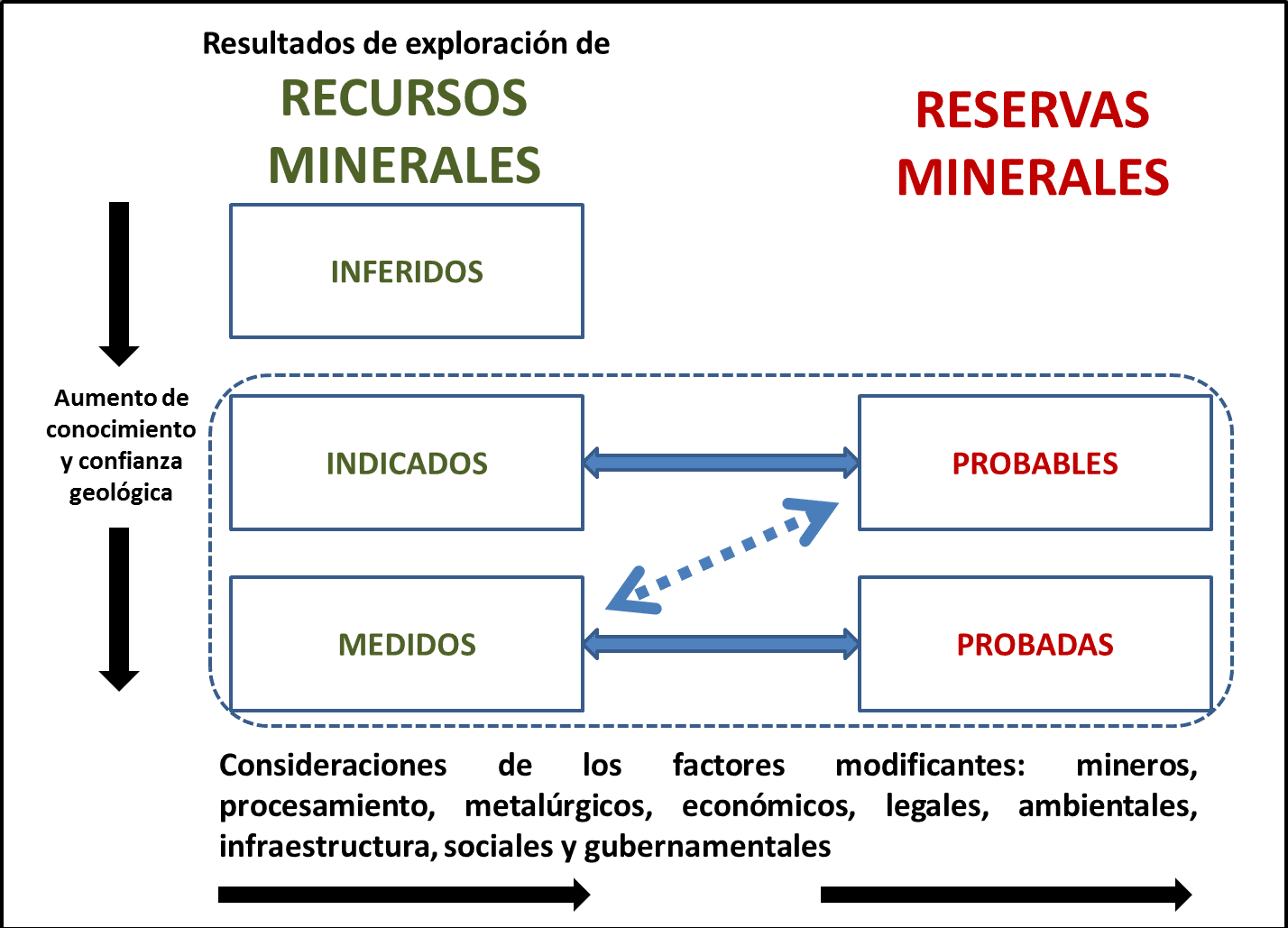
Source URL: Sputnik
Translated by JRE